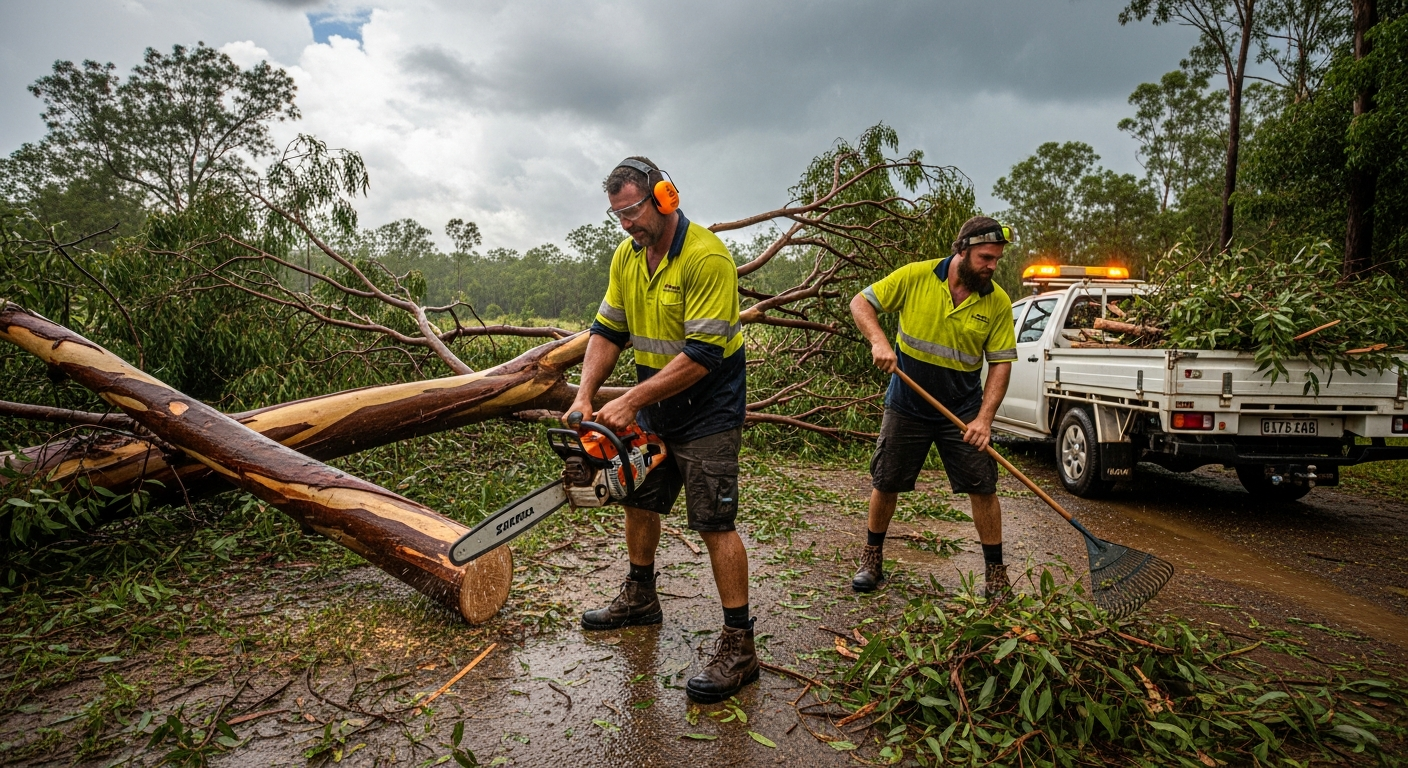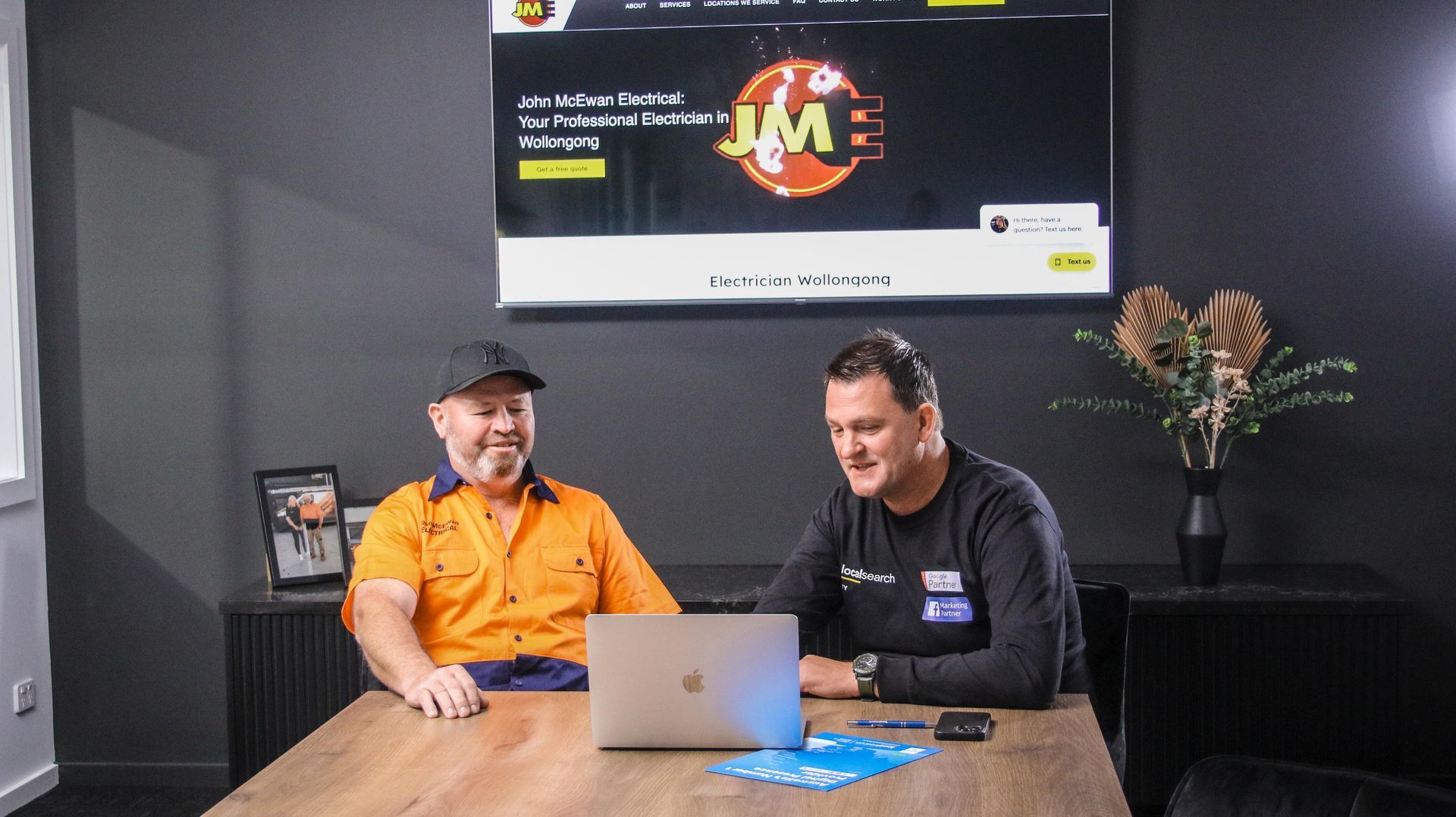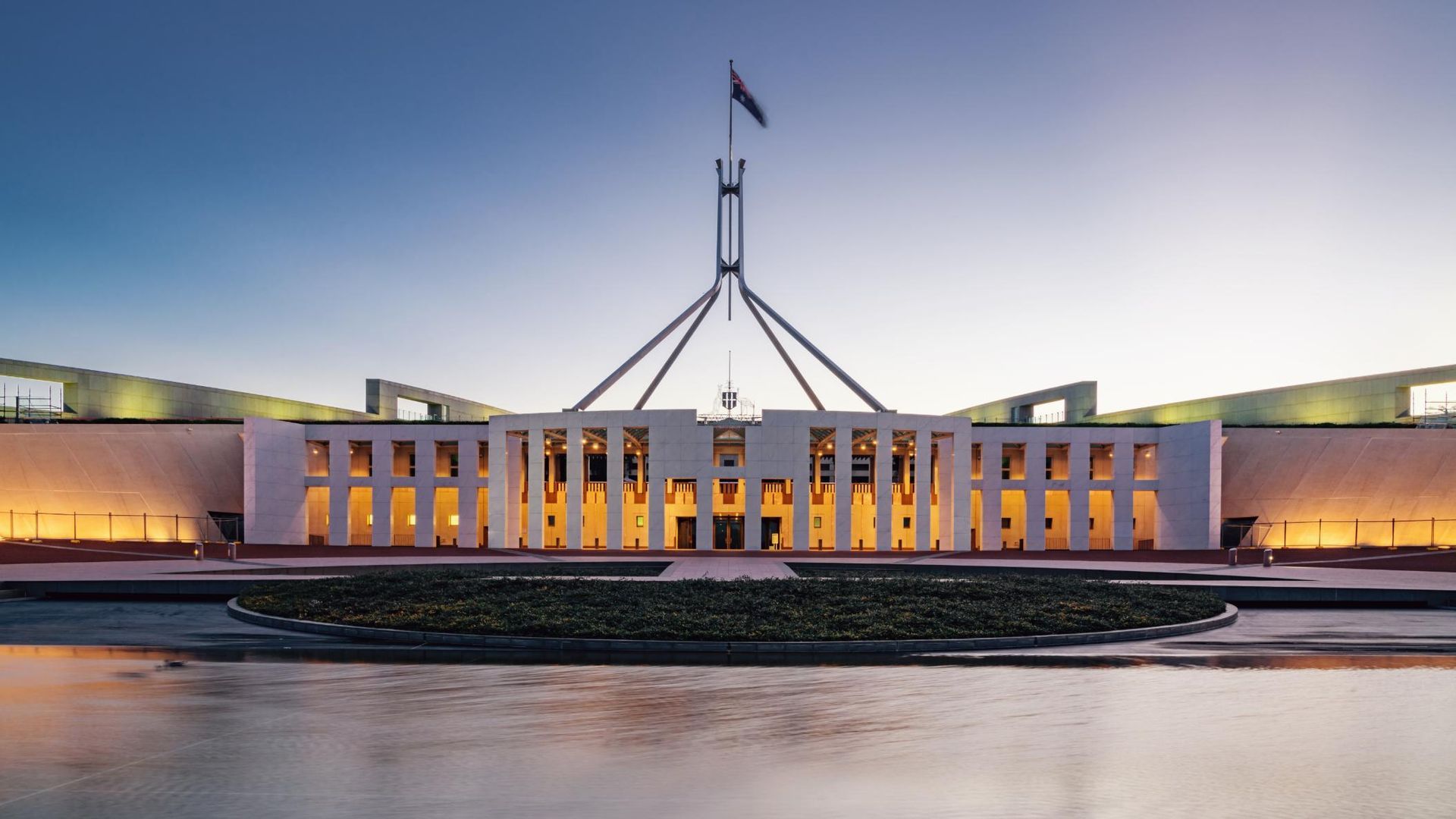Is Relief in Sight? Australia’s Cost of Living Outlook for 2025
In this article
Related Articles
Tips to grow your business
from the experts
As 2025 begins, Australians are asking whether the cost of living will improve and what factors might drive this change. Here’s a look at the key areas shaping the economic outlook.
What Can Australians Expect?
Treasurer Jim Chalmers has highlighted he foresee’s economic improvement, but Australians are still facing financial pressure. While declining inflation suggests slower price increases, it doesn’t necessarily lower costs. Key areas to watch include:
- Housing: Rising interest rates have strained mortgage repayments. While a cooling housing market might relieve renters and buyers, long-term outcomes depend on balancing supply with demand.
- Groceries and Utilities: Stabilising energy and transport costs could mean smaller increases in food and utility bills. However, inflation trends will be crucial.
- Wages: For real financial improvement, wages need to outpace inflation. Otherwise, households may see limited relief.
Inflation and Interest Rates
Inflation and interest rates remain central to economic discussions in 2025. Lower inflation could help stabilise household and business costs. However, the Reserve Bank of Australia (RBA) has maintained high cash rates, keeping borrowing costs elevated. If inflation levels off, interest rates may stabilise, offering relief to households and small businesses.
Stabilised inflation benefits businesses by ensuring predictable operational costs, from inventory to energy expenses. This shift could allow small business owners to invest in growth without fear of rising repayment costs.
Wages and Employment
Australia’s wage growth has been modest, but signs of improvement may emerge in 2025. Sectors like healthcare, education, and renewable energy are expected to grow, potentially boosting wages. However, wage increases must outpace inflation to positively impact household finances.
Housing Affordability
Housing affordability remains a pressing issue. While high interest rates have cooled the property market, rental prices are still high due to strong demand and limited supply. Government investment in affordable housing could improve the situation, but significant changes may take time. Renters, in particular, might not see immediate relief as population growth drives demand in major cities.
Utilities and Everyday Expenses
Energy costs have been a major contributor to household expenses. Government investments in renewable energy could stabilise prices in 2025. Programs promoting energy-efficient appliances and home improvements may also ease utility bills.
Food prices remain vulnerable to climate change, supply chain disruptions, and geopolitical tensions. Transportation costs, influenced by global oil prices and domestic projects, will also play a role. Inflation trends will ultimately determine the level of relief households can expect.
What does this mean for small business owners?
For small business owners, the evolving economy presents both opportunities and challenges:
- Cost Management: Stabilised inflation could result in more predictable costs, improving planning.
- Consumer Spending: Reduced financial strain on households might boost discretionary spending, benefiting retail, hospitality, and service sectors.
- Interest Rates: While borrowing costs remain high, stabilising rates could encourage business investments.
- Election-Driven Policies: The 2025 federal election could introduce business-friendly policies, such as grants, tax incentives, and subsidies.
- Competition: Economic stability might attract new competitors, requiring small businesses to focus on innovation and customer loyalty.
By staying agile and closely monitoring economic trends—including inflation and interest rate movements—small business owners can position themselves to thrive in a shifting environment.


















